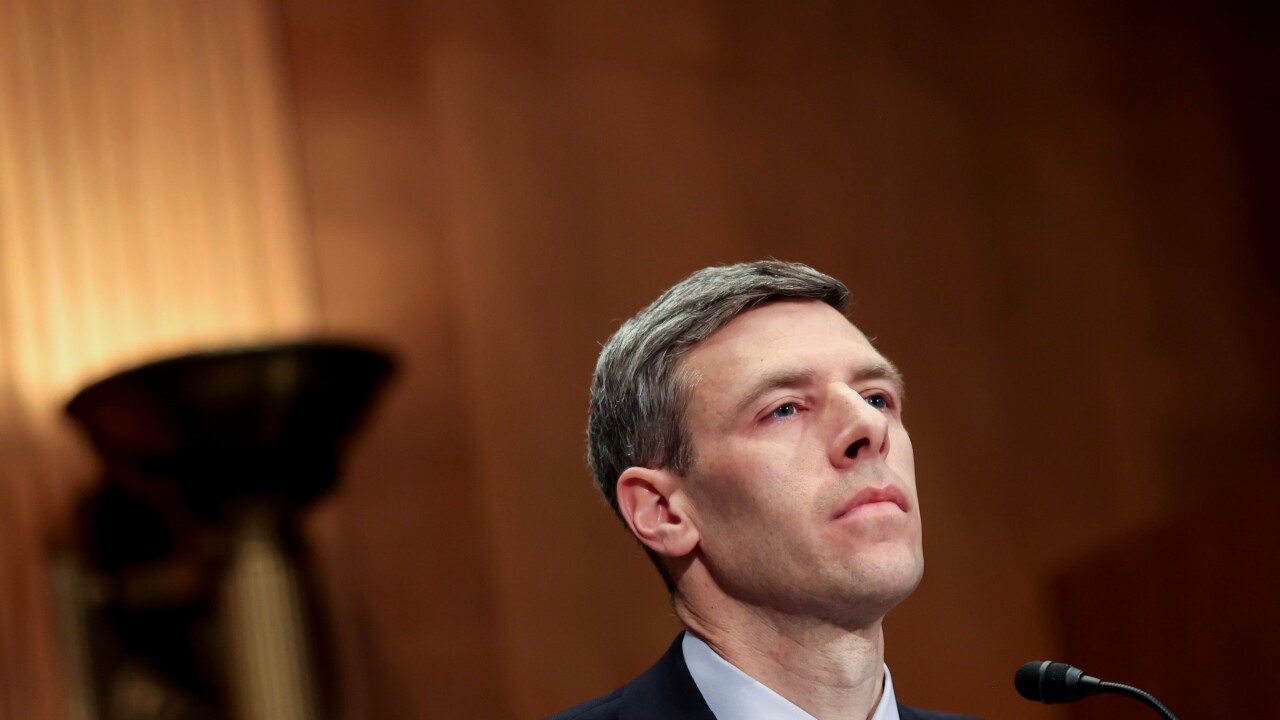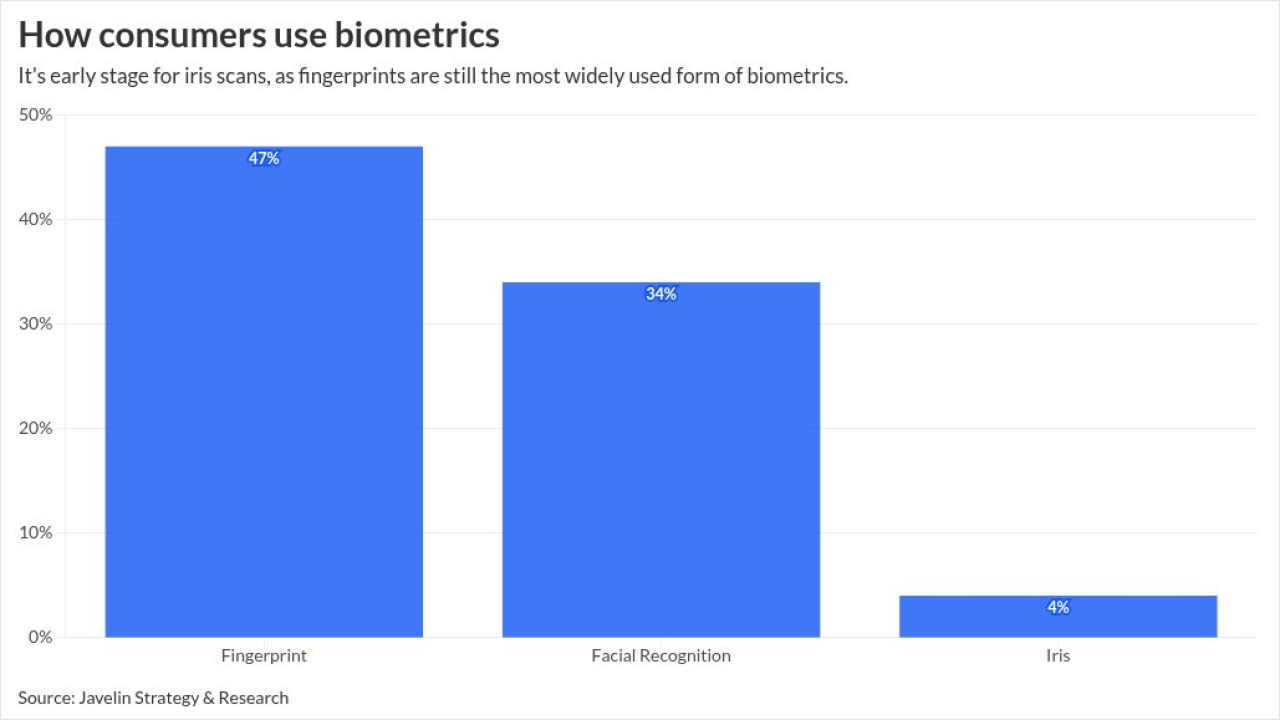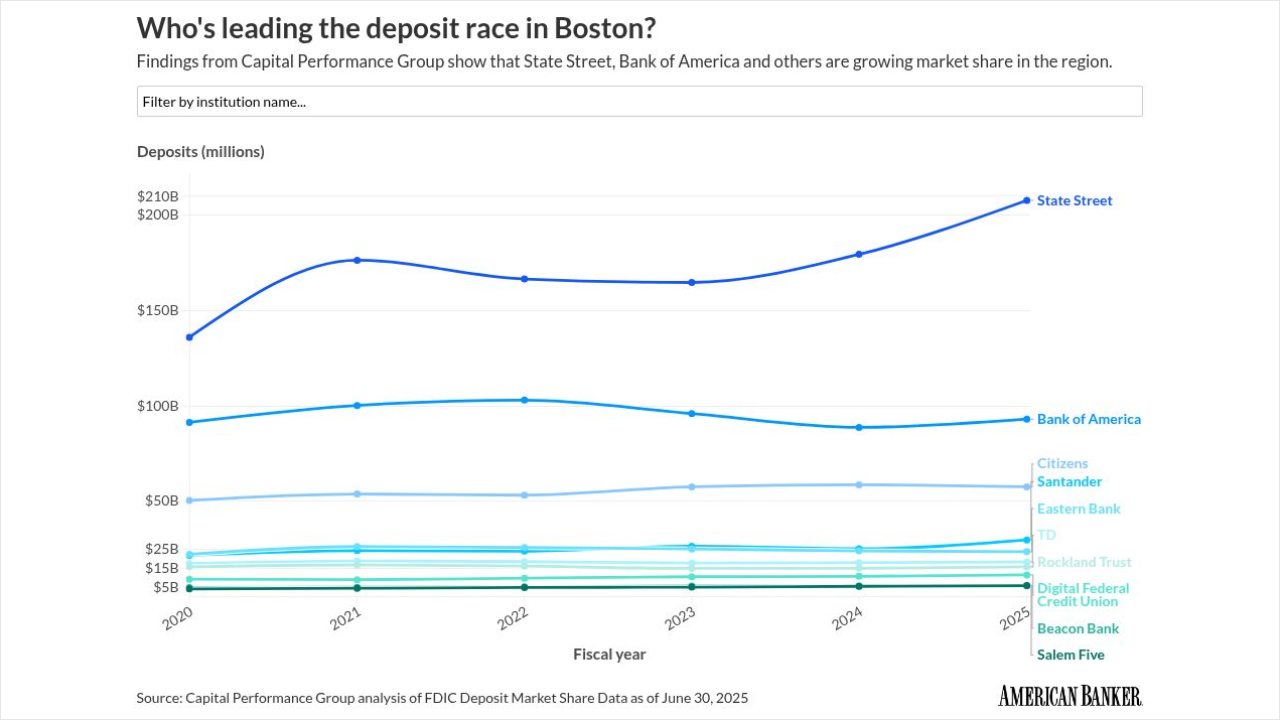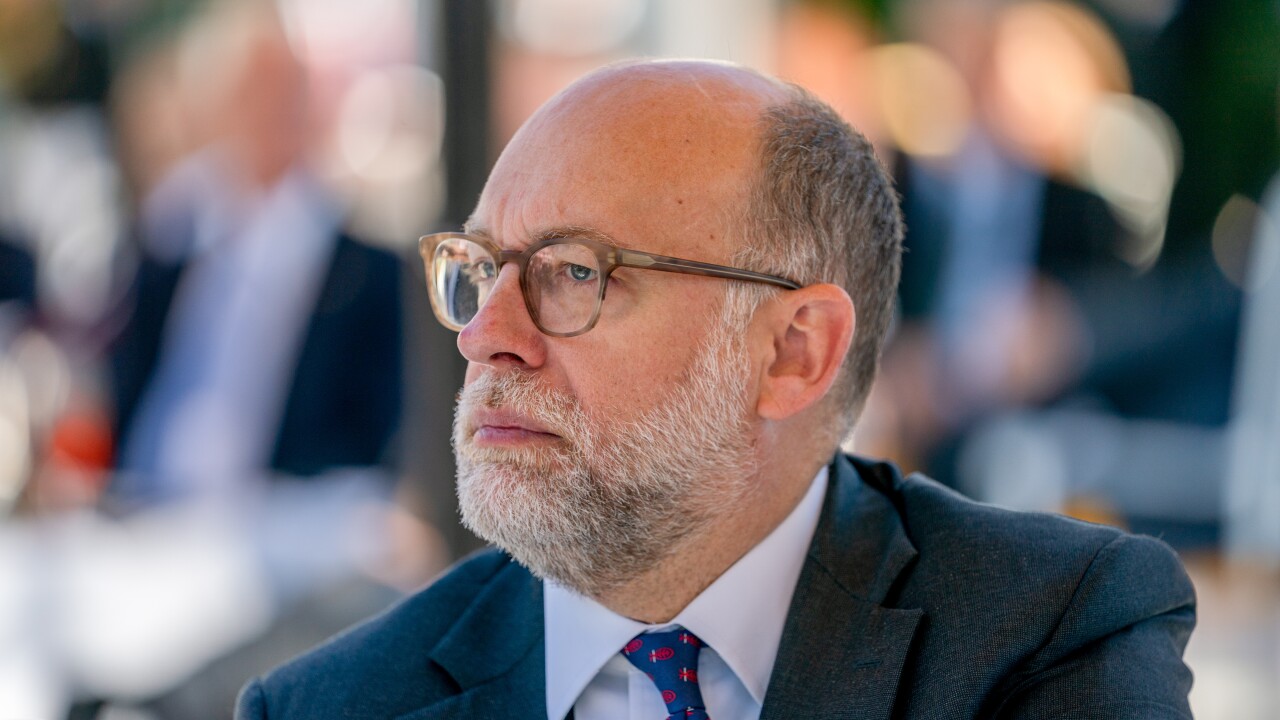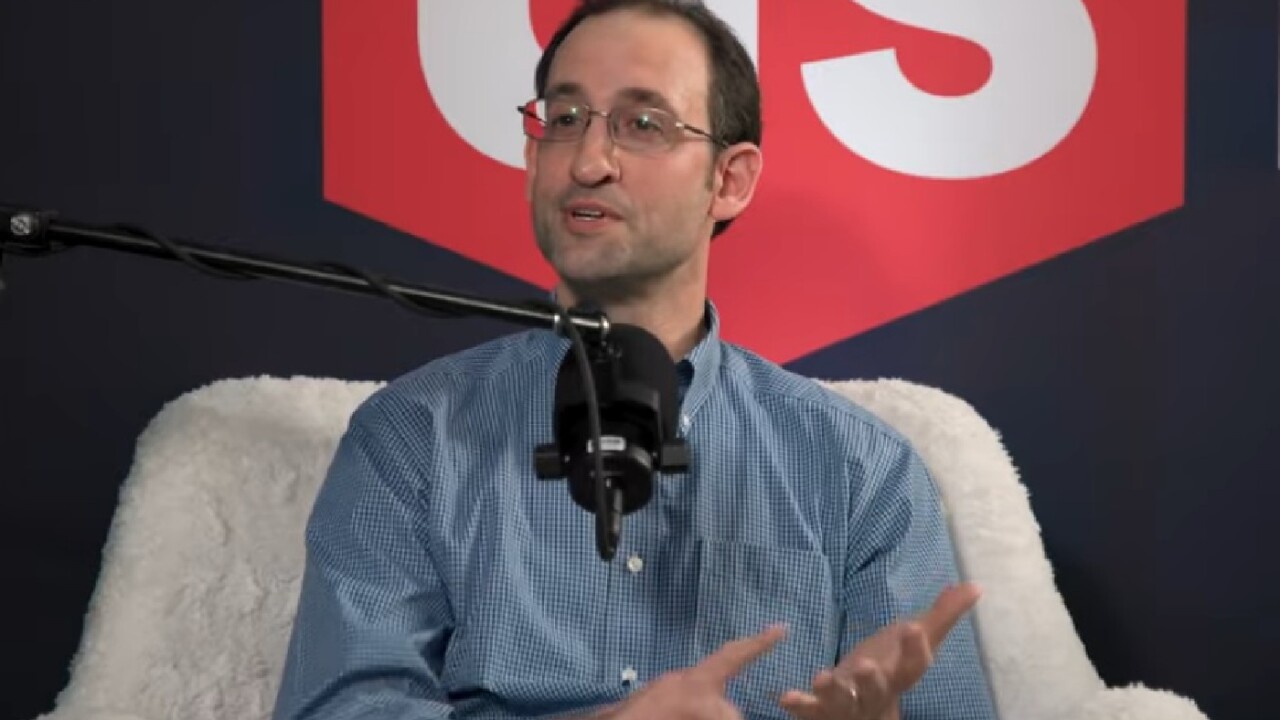
Deregulation amnesia has overtaken Washington as the banking industry enters one of the most extreme
Worst case scenario? A double whammy for the public: reduced consumer protection on the front end and taxpayers picking up the tab for a pileup of problem banks and perhaps nonbanks on the back end.
Most industry watchers recall the deregulatory failures leading to the
The '70s bring back groovy memories for some, but not for banks and especially thrifts hammered by adverse economic and competitive forces.
Enter stagflation, a toxic combination of double-digit inflation (12% in 1974) and a stagnating economy with high unemployment (9% in 1975) and shrinking GDP (-3% in 1974). The 1973 oil crisis and deep 1973-75 recession triggered a stock market collapse, nearly halving its value from January 1973 to December 1974, equivalent to a 20,000-point Dow drop today.
Disintermediation made matters worse for banks and particularly thrifts restricted by Regulation Q, with money market funds offering rates twice as high as bank accounts.
I witnessed
Before a full recovery took hold, the economy went off the cliff again with rare "double-dip" recessions in early 1980 and then again from 1981-1982.
Recessions are apolitical: 1980 under Democrat President Carter, and the others under Republican Presidents Nixon/Ford and Reagan.
Deregulation was likewise bipartisan then, as both parties cooperated on two landmark laws.
In 1980, a Democratic Congress and Carter produced the Depository Institutions Deregulation and Monetary Control Act ending Regulation Q, permitting NOW accounts, expanding Fed discount window access, and
Two years later, a Democratic House and Republican Senate under Reagan created the Garn-St. Germain Depository Institutions Act, thrift deregulation on steroids. It created money market accounts but also caved to the
M&A restrictions were eased to encourage consolidation. Thrift capital requirements were relaxed with "net worth certificates," "supervisory goodwill," and other "regulatory forbearance" gimmicks, so-called Regulatory Accepted Accounting Principles, or RAAP.
Contrary to
Jonathan Gould, who's worked in the crypto industry and has advocated for more fintech and crypto-friendly regulation of banks, was confirmed by the Senate Thursday. He is expected to both continue deregulating the banking sector and encouraging bank-fintech partnerships.
S&L execs no longer attended Vegas junkets. With their new powers they rolled the dice in their boardrooms, as they were playing with "house money," namely federally insured deposits. Moral hazard was no longer immoral — it was the new normal.
Banks and thrifts failed before but never their federal regulator or deposit insurer. The Federal Home Loan Bank Board, later the Office of Thrift Supervision, was eliminated and ultimately folded into the OCC.
The FSLIC was eliminated and absorbed into the FDIC. The few remaining state deposit insurers, notably in Ohio and Maryland, were also abolished. Supervisory goodwill and other creative RAAP, aka "CRAAP," gimmicks were eliminated, and GAAP was restored.
The
What did we learn from this 1980-82 deregulation debacle?
First, the president and Congress mustn't be conned by persuasive bank, nonbank, Wall Street and other lobbyists peddling deregulation as the elixir for economic growth, prosperity and modernization. "Congressional capture" was on full display when
Second, deregulation must benefit both the industry and consumers, because taxpayers ultimately pick up the tab for failed deregulation. Unbalanced pro-industry and anti-consumer deregulation is a recipe for
Third, commonsense deregulation should streamline and smarten regulations, not neuter them. President Trump's deregulation creates a high-speed express lane but reduces federal cops and
Fourth, there is no substitute for real capital. However, a myopic focus on capital by regulators ignores more important risk management and liquidity responsibilities. Think
Fifth, deregulation isn't just a green light for risk-taking bankers but also for Wall Street and nonbank players eager to enter Trump's express lanes. "
Sixth, failed deregulation is inevitably followed by re-regulation. The Financial Institutions Reform, Recovery and Enforcement Act of 1989, signed by Republican President George H.W. Bush with a Democratic Congress, ended the 1980-1982 deregulation meltdown. That bailout bill tightened lending, investing, capital requirements and supervision ... until the next deregulation cycle.
If today's deregulation binge ends with another pileup on the banking highway or if the political landscape changes, the regulatory pendulum will certainly swing back, but this time with a
